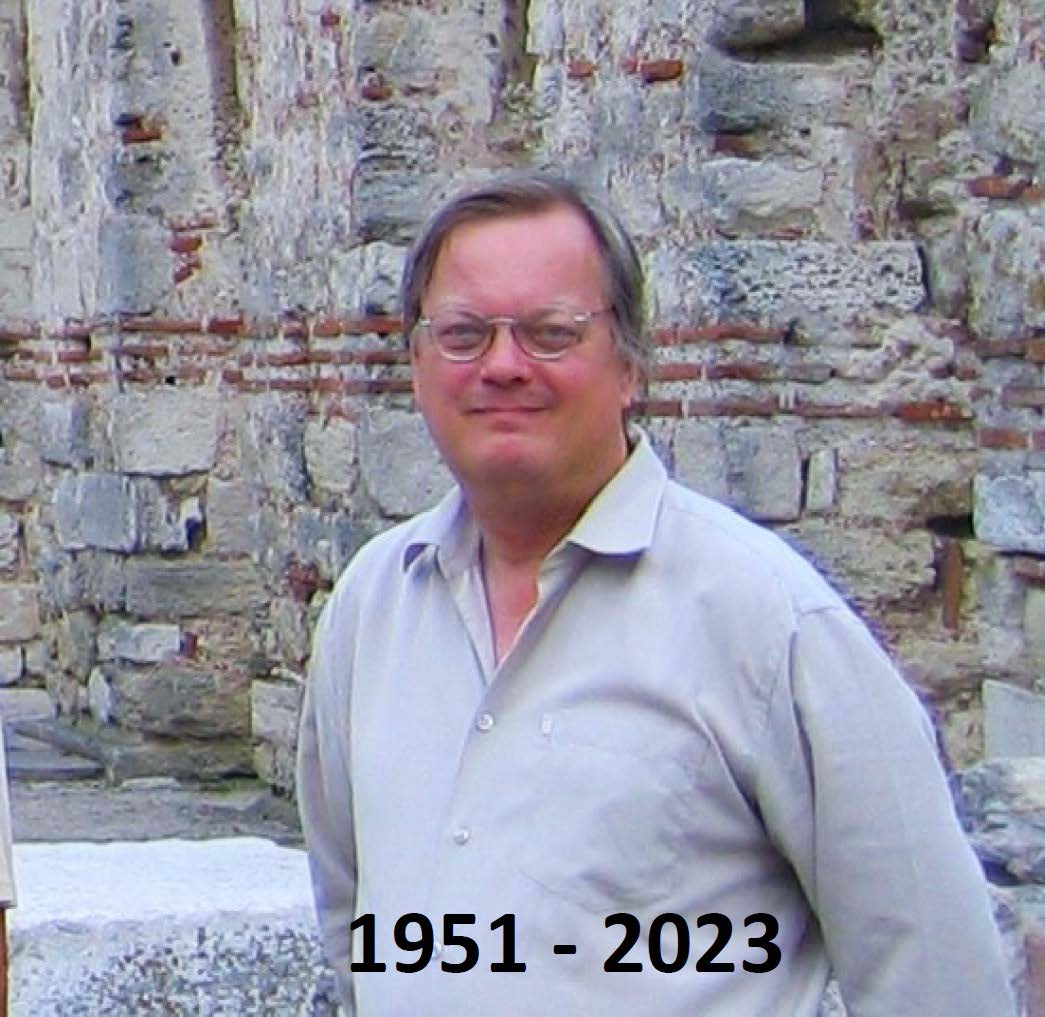Obituary for Göran Sonesson (1951-2023)

We have the sad duty to inform the community that our colleague and friend Göran Sonesson passed away on March 17, 2023, after a prolonged illness. Göran was born in 1951 in Malmö, Sweden, and studied linguistics at Lund University, where he obtained his doctorate in 1978. Guided by the conviction that human meaning making includes language but is larger than it, he studied semiotics at École des Hautes Études en Sciences Sociales in Paris, and received a second doctorate in that subject, also in 1978. In his postdoctoral research in Paris, he worked on the semiotics of gestures. After that, 1981-1982, he lived in Mexico, where he did research in Mayan languages and cultural semiotics. This is also where he met and married his life partner, Ana Tajera Sonesson.
After returning to Sweden in 1983, Göran did much to establish the field of semiotics in the country. In 1986 he initiated the Semiotic Seminar at the Department of Art History at Lund University. For many years a small group of people devoted to semiotics, including Gunnar Sandin, gathered every second Wednesday to read and discuss both classical and new texts. In 2000 Göran became this first, and so far only, Professor of Semiotics in Sweden.
Being proficient in Spanish, French, German and English, he published in all these languages, apart from Swedish, and was highly internationally renowned. He was one of the founders of the Association Internationale de Sémiotique Visuelle (IASV) in Blois in 1989, and served as its President during several periods. He was also engaged in the International Association for Semiotic Studies (IASS-AIS), as its Vice-Secretary General 2004-2009 and representative for Sweden in the Executive committee for several decades. At the same time, he did not forget the home front and was President of the Nordic Association for Semiotic Studies (NASS) 1992-2012 and since 1991 also the President of Svenska Föreningen för Semiotik (SFFS).
During the last two decades of his life, Göran contributed immensely to the establishment of the new discipline of cognitive semiotics, combing concepts and methods from semiotics, linguistics and cognitive science. In 2002-2004, he co-led the project “Language, Gestures and Pictures in Semiotic Development” together with Peter Gärdenfors from cognitive science, and Jordan Zlatev from linguistics, and together with these researchers participated in the EU 6th Program project “Stages in the Evolution and Development of Sign Use” (SEDSU) 2005-2008. These achievements led to the establishment of the interdisciplinary “Centre for Cognitive Semiotics” (CCS) at Lund University, where Göran served as Research Director 2009-2014. In 2013, he was pivotal for the establishment of the International Association for Cognitive Semiotics (IACS) and served on it board for several periods. He was also one of the three editors of the journal Cognitive Semiotics.
During his long career, Göran Sonesson published many articles and two books. The extensive “Pictorial Concepts” (1989) has received international recognition as a fundamental work in modern semiotics. “Bildbetydser” (1992) in Swedish is the first comprehensive textbook (in any language) in visual semiotics. Together with David Dunér he published “Human Lifeworlds: The Cognitive Semiotics of Cultural Evolution” (2016). He has been the co-editor of a number of important volumes such as “Encyclopaedia of Semiotics” (1998), the special issue on “Semiotics and Cognition in Human Development” in the journal Cognitive Development (2015), together with Chris Sinha and Sara Lenninger, and the volume “Meaning, Mind and Communication: Explorations in Cognitive Semiotics” (2016) with Jordan Zlatev and Piotr Konderak.
By craving for theoretical consistency, Göran often challenged semiotic theory, always remaining a humanist at heart. For him, it was never “either Saussure or Peirce”, but rather both, and many others, importantly Husserl. With a tenacity to never lose the connection to experience, Göran brought out the relevance of signs and other meanings for human beings. “There is always an aspect of the lifeworld in whatever I do”, he once very appropriately said. His writings on signs and other meanings, in particular with respect to pictures, will without doubt remain influential in the field.
Göran was a much-appreciated teacher and supervisor. He recently co-supervised the PhD thesis in cognitive semiotics by Juan Carlos Mendoza-Collazos and was the main supervisor of the PhD theses of Anna Cabak Rédei and Sara Lenninger, both of whom are currently Associate Professor (Docent) in cognitive semiotics. He will be deeply missed by his colleagues and students, leaving a gap that is impossible to fill in. But also a legacy which we are proud to carry on.
Sara Lenninger & Jordan Zlatev
